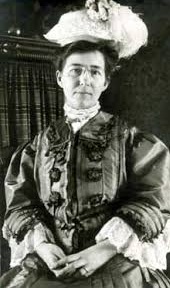
Dulah Marie Evans, later Dulah Marie Evans Krehbiel was an American painter, photographer, printmaker, illustrator, and etcher.

Olive Rush was a painter, illustrator, muralist, and an important pioneer in Native American art education. Her paintings are held in a number of private collections and museums, including: the Brooklyn Museum of New York City, the Haan Mansion Museum of Indiana Art, the Indianapolis Museum of Art, Indiana and the Smithsonian American Art Museum.

William Victor Higgins was an American painter and teacher, born in Shelbyville, Indiana. At the age of fifteen, he moved to Chicago, where he studied at the Art Institute in Chicago and at the Chicago Academy of Fine Arts. In Paris he was a pupil of Robert Henri, René Menard and Lucien Simon, and when he was in Munich he studied with Hans von Hayek. He was an associate of the National Academy of Design. Higgins moved to Taos, New Mexico in 1913 and joined the Taos Society of Artists in 1917. In 1923 he was on the founding board of the Harwood Foundation with Elizabeth (Lucy) Harwood and Bert Phillips.
Alice Corbin Henderson was an American poet, author and poetry editor.

Jozef G. Bakos (1891–1977), known as Joseph Bakos, was an American painter best known for his Western landscapes.

The Wheelwright Museum of the American Indian is a museum devoted to Native American arts. It is located in Santa Fe, New Mexico and was founded in 1937 by Mary Cabot Wheelwright, who came from Boston, and Hastiin Klah, a Navajo singer and medicine man.

The New Mexico Museum of Art is an art museum in Santa Fe governed by the state of New Mexico, United States. It is one of four state-run museums in Santa Fe that are part of the Museum of New Mexico. It is located one block off the historic Santa Fe Plaza. It was given its current name in 2007, having previously been referred to as The Museum of Fine Arts.
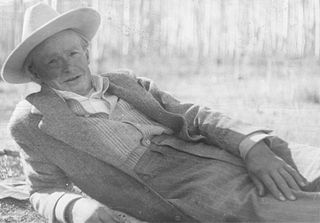
Andrew Michael Dasburg was an American modernist painter and "one of America's leading early exponents of cubism".

Gerald Cassidy was an early 20th-century artist, muralist, and designer who lived in Santa Fe, New Mexico.
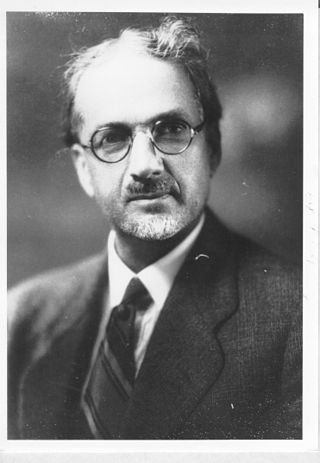
Albert Henry Krehbiel, was the most decorated American painter ever at the French Academy, winning the Prix De Rome, four gold medals and five cash prizes. He was born in Denmark, Iowa and taught, lived and worked for many years in Chicago. His masterpiece is the programme of eleven decorative wall and two ceiling paintings / murals for the Supreme and Appellate Court Rooms in Springfield, Illinois (1907–1911). Although educated as a realist in Paris, which is reflected in his neoclassical mural works, he is most famously known as an American Impressionist. Later in his career, Krehbiel experimented in a more modernist manner.

Bror Julius Olsson Nordfeldt was an American artist who painted seascapes and depictions of New Mexico's indigenous culture.

Harrison Begay, also known as Haashké yah Níyá was a renowned Diné (Navajo) painter, printmaker, and illustrator. Begay specialized in watercolors, gouache, and silkscreen prints. At the time of his death in 2012, he was the last living, former student of Dorothy Dunn and Geronima C. Montoya at the Santa Fe Indian School. His work has won multiple awards and is exhibited in museums and private collections worldwide and he was among the most famous Diné artists of his generation.

Narciso "Ciso" Platero Abeyta, or Ha So Deh (1918–1998) was a Navajo painter, silversmith and Navajo code talker. He is known for his colorful paintings depicting Navajo life. His work is in the permanent collection of museums including the Smithsonian National Museum of the American Indian.
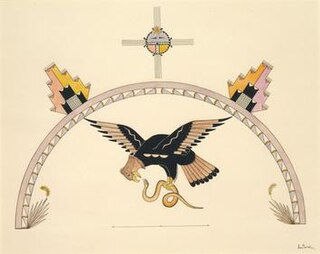
Awa Tsireh, also known as Alfonso Roybal and Cattail Bird, was a San Ildefonso Pueblo painter and artist in several genres including metalwork. He was part of the art movement known as the San Ildefonso Self-Taught Group. His work is held by several museums, including the Smithsonian American Art Museum.

Willard Ayer Nash grew up in Detroit, Michigan. In Detroit he studied art with John P. Wicker and became successful as a commercial artist. He was also an amateur boxer, soprano and actor. He moved to Santa Fe, New Mexico in 1920 and became friends with the other modernist artists in the area. He found work with the Works Progress Administration, completing six panels in 1934 to be hung in the University of New Mexico's main library. In addition to painting he made a number of lithographs he printed himself. He moved to California in 1936, teaching in San Francisco and Los Angeles. His work is in the collections of the Denver Art Museum, Los Angeles County Museum of Art, University of New Mexico Art Museum and New Mexico Museum of Art.

The Camino del Monte Sol Historic District, in Santa Fe, New Mexico, is a 52.1 acres (21.1 ha) historic district which was listed on the National Register of Historic Places in 1988. The listing included 106 contributing buildings.
Stanley K. Bahe is a Navajo painter. He studied at the Phoenix Indian School and has exhibited his work across the country, including at the Philbrook Museum of Art in Tulsa.
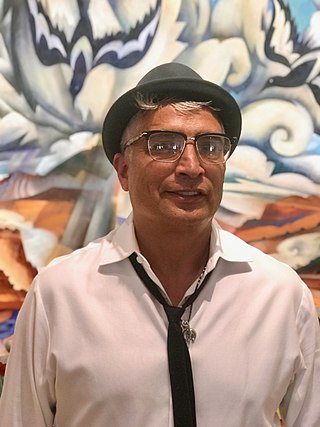
Tony Abeyta is a contemporary Navajo Diné artist living between Berkeley California and Santa Fe, New Mexico. Abeyta's work is most well known as mixed media paintings and oil landscapes of the American southwest. His subject matter includes the New Mexico landscape, ancestral Navajo iconography and American Modernism

Datus Ensign Myers (1879–1960) was a Santa Fe, New Mexico based artist.
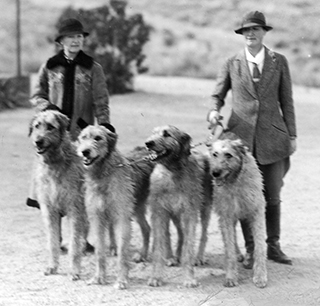
Amelia Elizabeth White (1878–1972) and Martha Root White, also known as The White Sisters, were sibling philanthropists and socialites born in New York, who settled in Santa Fe, New Mexico and championed for Indigenous people's land and cultural rights. They were "avid supporters of Indigenous arts", and were known in the region as a "powerhouse of reform in Native issues."



















